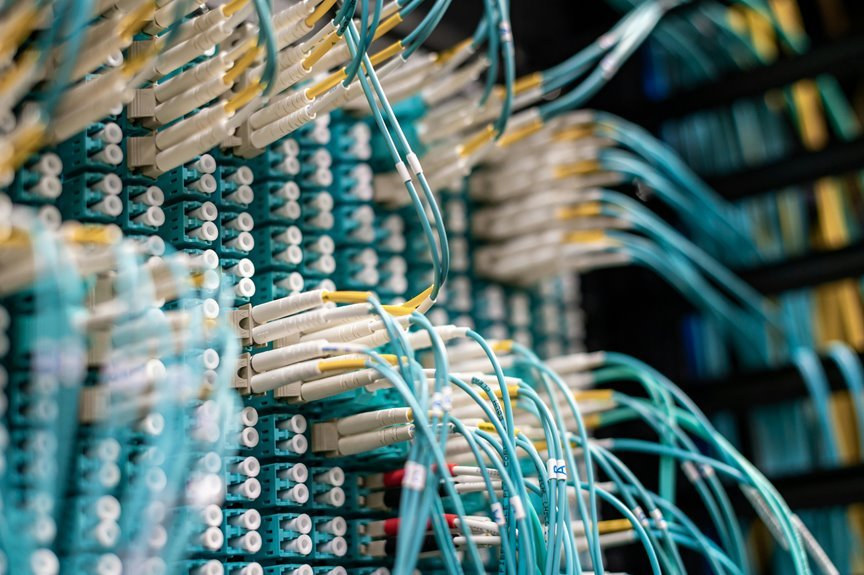In today’s interconnected world, you’re likely aware that telecom data authentication security is foundational for safeguarding sensitive information. As you navigate various communication channels, consider how protocols like EAP and CHAP play a role in protecting your data. The implications for user privacy and compliance are significant, yet many overlook the evolving trends that influence these systems. What advancements in security technologies could reshape your experience in this digital landscape?
Importance of Telecom Data Authentication
As the telecommunications landscape evolves, the importance of data authentication becomes increasingly critical for ensuring secure communications.
You must prioritize data integrity to protect sensitive information from unauthorized access. Implementing robust access control mechanisms not only mitigates risks but also empowers users by ensuring their data remains confidential.
In this environment, the reliability of authentication processes is vital for maintaining trust and freedom in communication.
Key Authentication Protocols in Telecom
While various authentication protocols exist, understanding the key ones in telecommunications is crucial for ensuring secure data exchanges.
You’ll encounter numerous authentication mechanisms, such as EAP and CHAP, which help mitigate protocol vulnerabilities.
It’s essential to evaluate these mechanisms critically, ensuring they align with your security needs, thus safeguarding your communications against potential breaches while maintaining the freedom of secure connectivity.
Impact on User Privacy and Data Security
The impact of authentication protocols on user privacy and data security is significant, as these mechanisms directly influence how personal information is protected during transmission.
Ensuring user consent aligns with privacy regulations can mitigate data breaches, enhancing user trust. When users feel secure in their data’s handling, they’re more likely to engage with services, fostering a healthier digital environment.
Future Trends in Telecom Data Protection
Advancements in authentication protocols not only bolster user trust but also pave the way for emerging trends in telecom data protection.
You’ll see quantum encryption enhancing security against future threats, while blockchain technology ensures transparent and tamper-proof data management.
These innovations promise to empower you with greater control over your data, fostering an environment where privacy and security thrive in an increasingly digital landscape.
Conclusion
In the ever-evolving landscape of telecom, robust data authentication isn’t just a safety net; it’s the fortress that shields your digital conversations. As you navigate this intricate web of connections, remember that protocols like EAP and CHAP act as vigilant sentinels, guarding your privacy. Looking ahead, the horizon glimmers with innovations poised to bolster security further. Embracing these advancements ensures not only compliance but also fosters trust, allowing you to communicate with confidence in a connected world.





